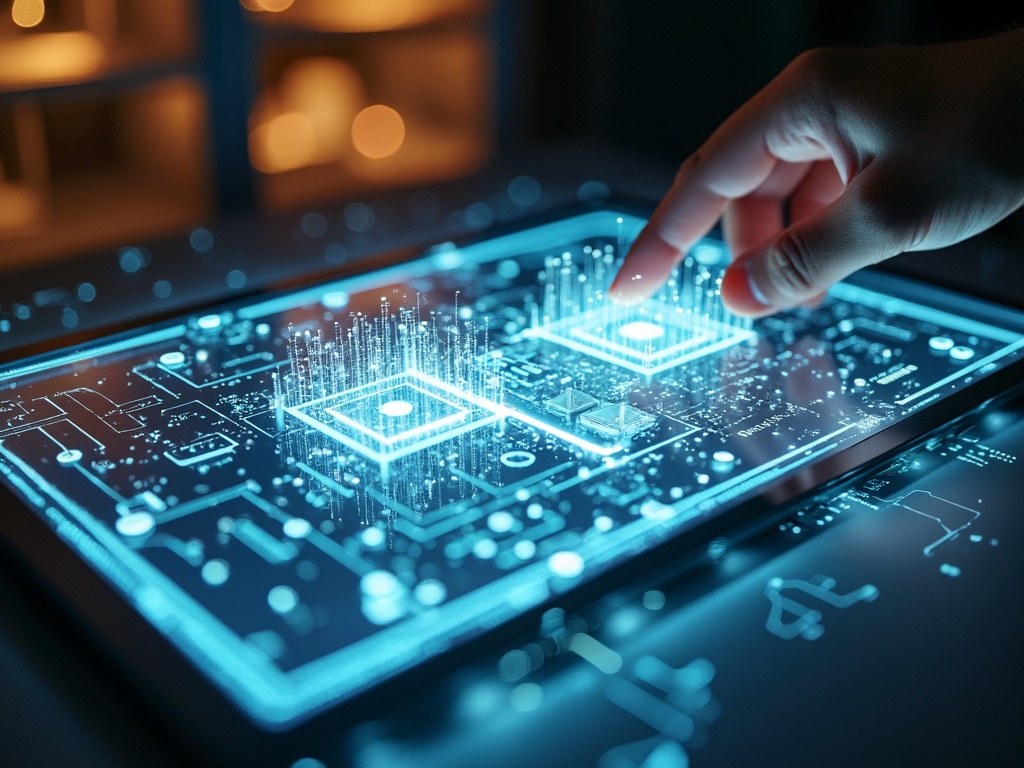Virtual Reality 2.0 marks a significant leap in immersive technology, addressing the limitations of its predecessor with groundbreaking advancements. This new era of VR promises enhanced visual fidelity, intuitive interfaces, and seamless integration of AI, transforming how we interact with digital environments across various industries.
Key Takeaways:
- VR 2.0 offers improved visual quality and more comfortable hardware
- AI integration enables personalized and dynamic virtual experiences
- Advanced haptic feedback provides a more realistic sensory experience
- VR 2.0 applications span entertainment, education, healthcare, and more
- Emerging technologies like cloud computing will shape future VR developments
The Dawn of VR 2.0: Overcoming Past Limitations
Virtual Reality 2.0 represents a significant evolution from its predecessor, addressing many of the challenges that hindered widespread adoption. The transition from VR 1.0 to 2.0 brings substantial improvements in visual fidelity, tracking accuracy, and user interface design.
One of the most noticeable changes is the shift from bulky, uncomfortable headsets to sleek and user-friendly designs. These new devices are not only more comfortable but also more affordable, making VR technology accessible to a broader audience.
Technical advancements have dramatically reduced latency and increased resolution, resulting in a more immersive and enjoyable experience. The integration of cutting-edge technologies such as eye-tracking, brain-computer interfaces, and haptic feedback further enhances the realism and interactivity of virtual environments.
AI-Powered Immersion: The Cornerstone of VR 2.0
Artificial Intelligence plays a crucial role in shaping the VR 2.0 experience. AI-driven object recognition and scene understanding allow for more natural and responsive interactions within virtual environments. This technology enables virtual objects and characters to react intelligently to user actions, creating a more believable and engaging experience.
Personalization is another key aspect of AI in VR 2.0. The technology can create adaptive learning environments and personalized avatars, tailoring the experience to individual users' preferences and needs. This level of customization enhances user engagement and makes virtual experiences more meaningful and relevant.
Haptic feedback and sensory integration have also seen significant advancements in VR 2.0. Users can now feel textures, weights, and resistance, adding a new dimension to virtual interactions. Devices like HaptX Gloves and Teslasuit showcase the potential of these technologies in creating more immersive experiences.
The move towards untethered and wireless VR, exemplified by devices like the Oculus Quest and HTC Vive Focus, offers users greater freedom of movement. This advancement, combined with holographic and volumetric displays, brings us closer to experiencing true 3D objects and environments in virtual reality.
Breaking Boundaries: VR 2.0 Applications Across Industries
VR 2.0 is not limited to entertainment and gaming; its applications span across various industries, revolutionizing how we work, learn, and interact. Here are some key areas where VR 2.0 is making a significant impact:
- Entertainment and Gaming: Immersive experiences with advanced graphics and interactive storytelling
- Education and Training: Hands-on, experiential learning in safe virtual environments
- Healthcare: Virtual surgery simulations and immersive therapy sessions
- Architecture and Design: Efficient project visualization and collaboration
- Retail and E-commerce: Enhanced product visualization and personalized virtual shopping experiences
The integration of VR 2.0 with Augmented Reality (AR) and Mixed Reality (MR) technologies opens up new possibilities for virtual prototyping, remote collaboration, and enhanced data visualization. This convergence of technologies is also leading to what some call “life enchantment,” where virtual experiences are seamlessly interwoven with real-life situations, as seen in AR experiences at events like SXSW and Coachella.
The Future Landscape of VR 2.0
The future of VR 2.0 is closely tied to other emerging technologies such as AI, cloud computing, and the Internet of Things. These technologies will continue to shape and enhance virtual reality experiences, making them more immersive, interactive, and accessible.
University-driven research and development play a crucial role in advancing VR technology. Institutions like Stanford University's Virtual Human Interaction Lab and the University of Illinois at Urbana-Champaign's Virtual Reality Laboratory are at the forefront of this research, focusing on psychological and behavioral effects, human-computer interaction, and empathy training in virtual environments.
Enhanced social and collaborative experiences are another key focus area for VR 2.0. Future developments will likely include more sophisticated multi-user interactions, advanced avatar customization options, and improved communication tools, making virtual reality a powerful platform for social connection and collaboration.
As VR 2.0 continues to evolve, we can expect to see even more innovative applications across various sectors, pushing the boundaries of what's possible in virtual environments and reshaping how we interact with digital content and each other.
Sources:
Fusion VR
Quantum Zeitgeist
Acceleration Economy
FirstIgnite
SaltTech Software






